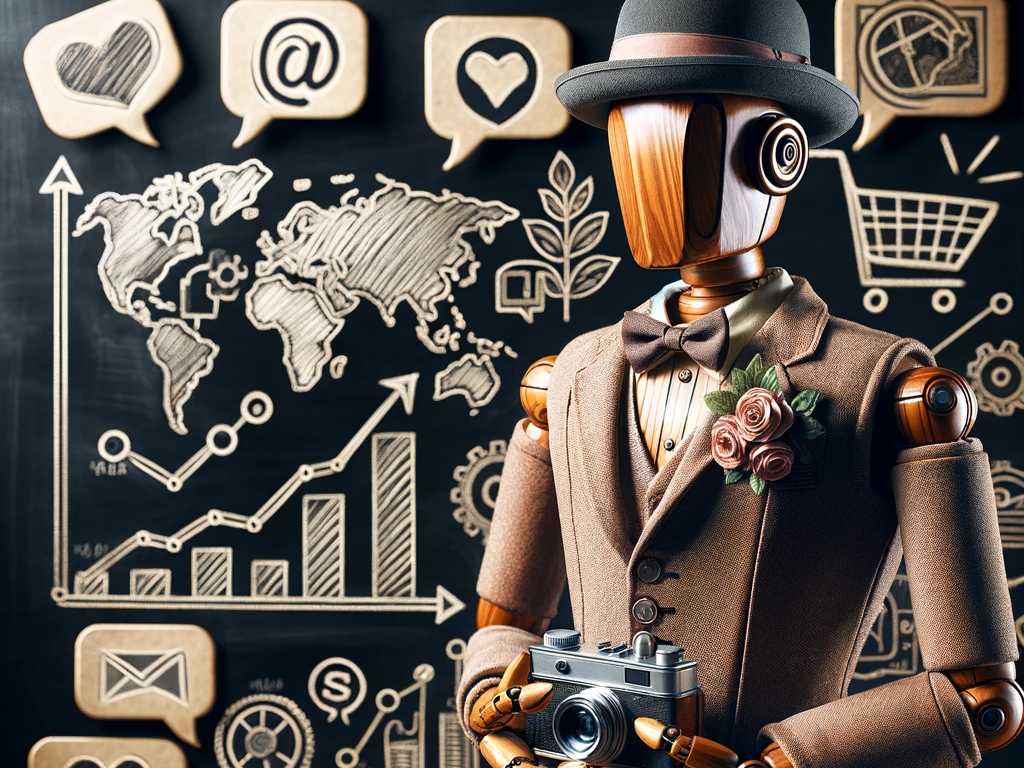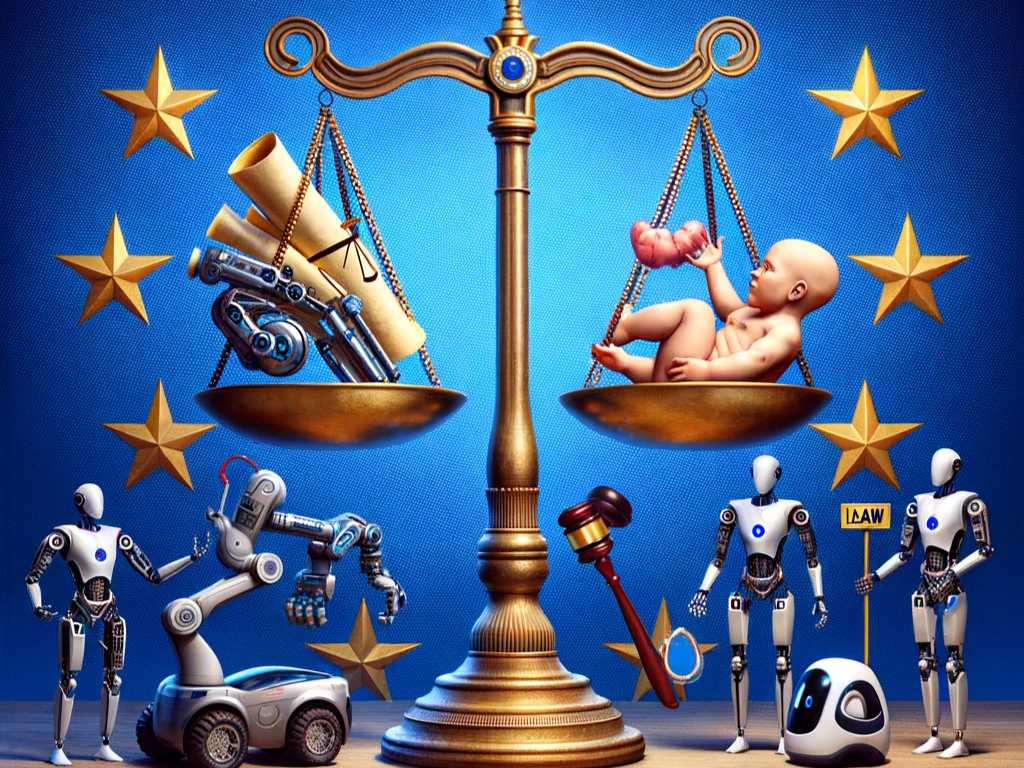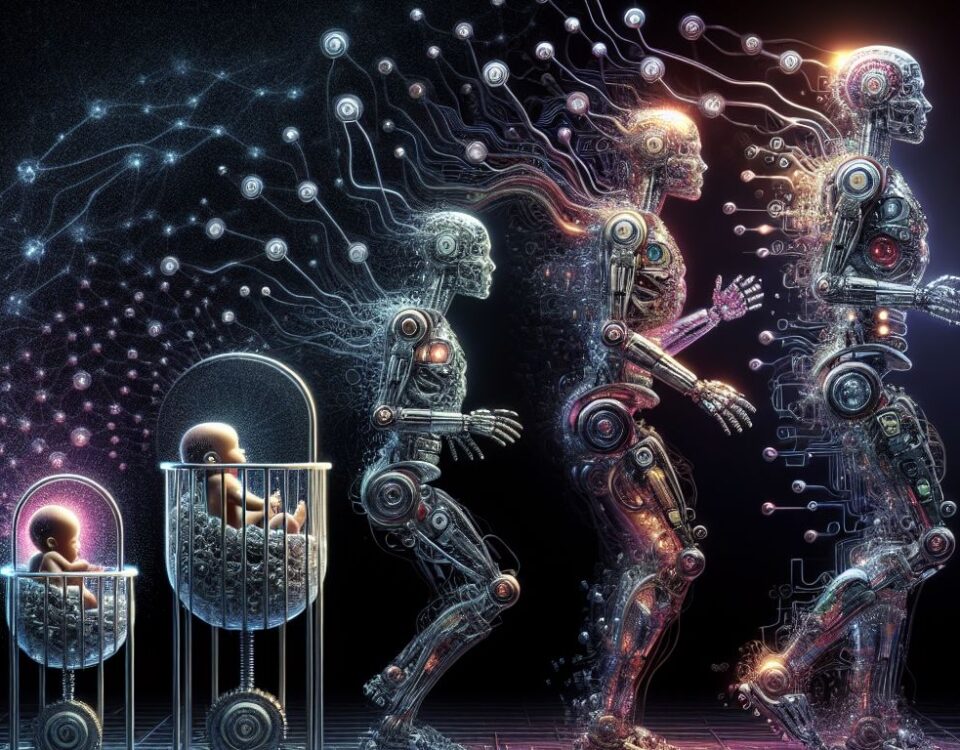
Boosting Brand Engagement With AI Influencer Marketing
November 23, 2023
How the AI Act is Shaping the Future of Responsible AI Deployment
November 27, 2023
What Is AI and How Does It Work?
In an era where technological advancements are revolutionizing every aspect of our lives, Artificial Intelligence (AI) emerges as a field of boundless potential and intrigue. But what exactly is AI, and how does it work? This article takes you on an exploratory journey into the heart of AI, shedding light on its complexities and the incredible ways in which it is transforming our world.
The Essence of AI: An Overview
At its core, AI is a branch of computer science focused on creating machines capable of performing tasks that typically require human intelligence. These tasks can range from recognizing speech, translating languages, and making decisions to more complex processes such as self-driving cars and personalized medicine.
The magic of AI lies in its ability to learn from experience. Unlike traditional computer programs that follow strict rules, AI systems are designed to analyze data, identify patterns, and make decisions with minimal human intervention. This learning process is what sets AI apart and is the key to its growing capabilities.
The Gears of AI: How It Works
AI functions through a combination of algorithms, computational power, and vast amounts of data. At the heart of AI’s learning process are algorithms — sets of rules and instructions for solving problems or performing tasks. Machine learning, a subset of AI, uses statistical techniques to give computers the ability to “learn” from data. As the system is exposed to more data, it adjusts its algorithms to improve its performance, much like a human learning from experience.
Deep learning, a more advanced form of machine learning, uses neural networks with many layers (hence ‘deep’) to analyze data. These neural networks are inspired by the human brain’s structure and are capable of learning from unstructured data like images and text. This enables AI to recognize patterns and make decisions with remarkable accuracy.
The Application of AI: Real-World Examples
In the healthcare sector, AI algorithms can predict patient outcomes, aid in diagnosis, and personalize treatment plans. In the realm of business, AI is used for customer service automation, predictive analytics, and enhancing decision-making processes. Autonomous vehicles, smart assistants like Siri and Alexa, and recommendation systems on platforms like Netflix are all powered by AI, showcasing its versatile nature.
The Ethical Dimension: AI’s Double-Edged Sword
As AI continues to expand its capabilities, ethical considerations come to the forefront. Issues such as privacy, bias in decision-making, and the displacement of jobs require careful attention and regulation to ensure that AI’s impact on society is positive.
The Future of AI: Where Are We Headed?
The potential of AI is limitless. With advancements in quantum computing and AI algorithms becoming more sophisticated, we are on the cusp of an AI revolution that will redefine the way we live and work. The challenge lies in harnessing AI’s power responsibly and ensuring that its benefits are distributed equitably across society.
AI is more than just a buzzword; it’s a powerful force reshaping our existence. Understanding what AI is and how it works is crucial in a world where its influence is growing exponentially. As we continue to unlock AI’s potential, the focus should be on developing ethical, transparent, and fair AI systems that augment human capabilities and contribute to the betterment of humanity. The AI journey has only just begun, and its destination promises a future replete with innovation and transformation.
Get the power of AI for your marketing campaigns
Simplify campaign management and maximize results with AdMind. Create high quality content, generate images, integrate digital channels, automatize editorial plans, track performance, and optimize for maximum success.
More AI-Marketing News
Subscribe to unlock the power of AI-driven content marketing and to get free stuff!
I read and accept the Privacy Policy.






